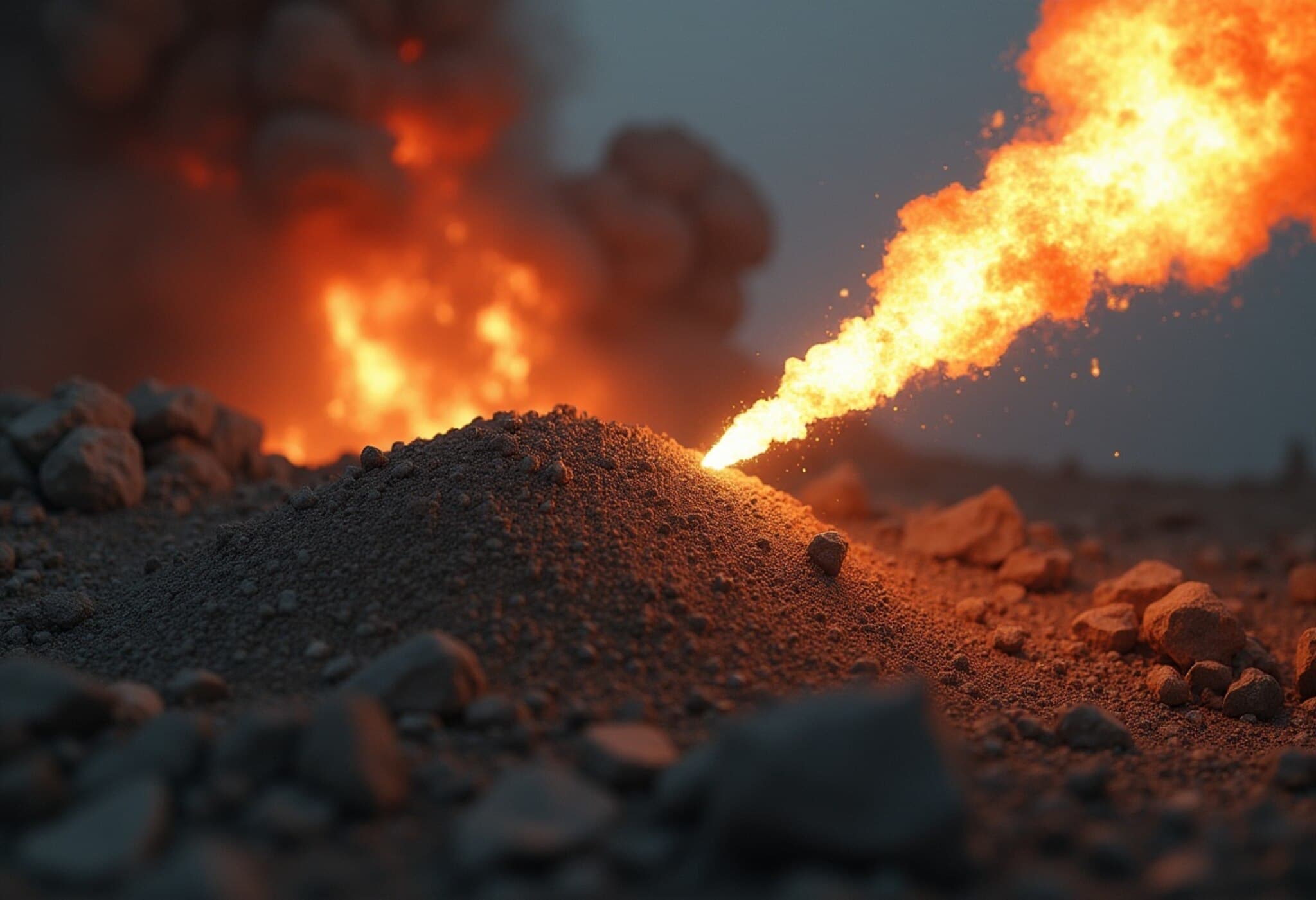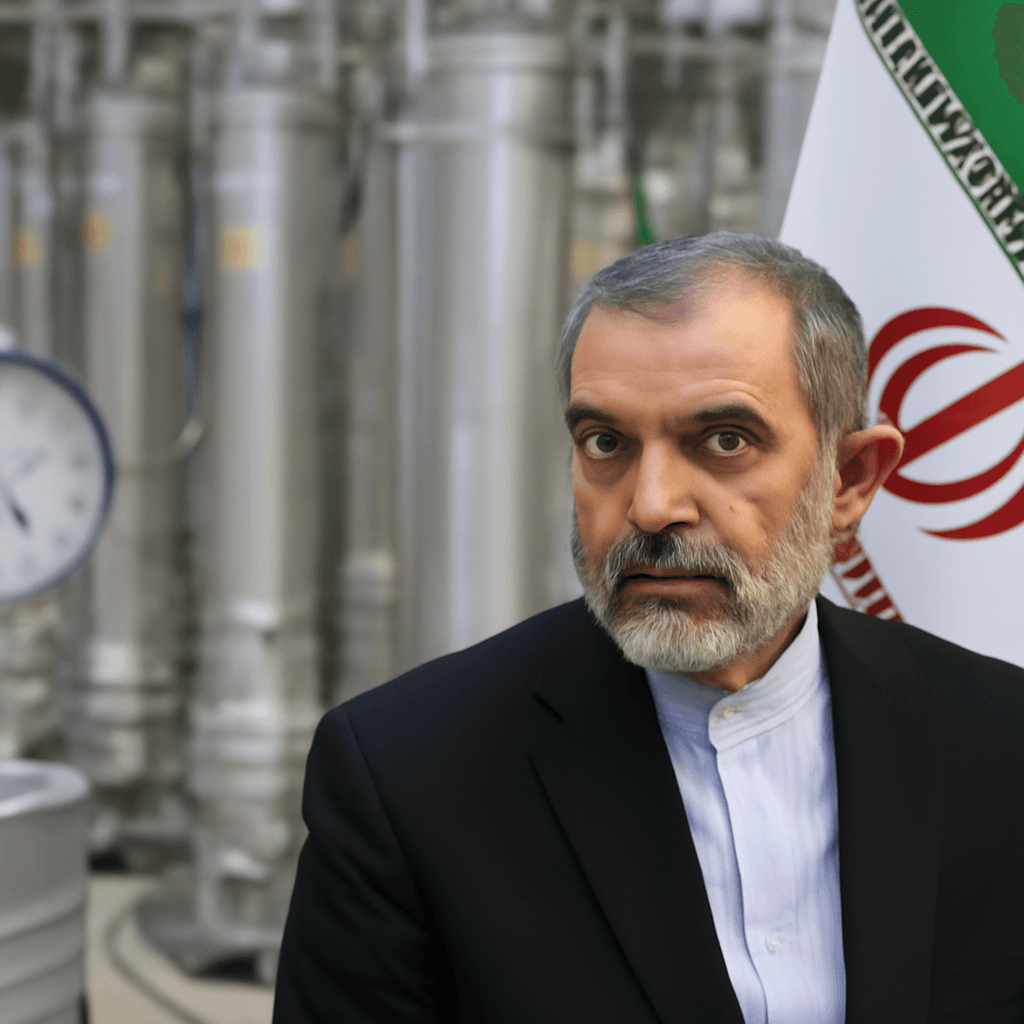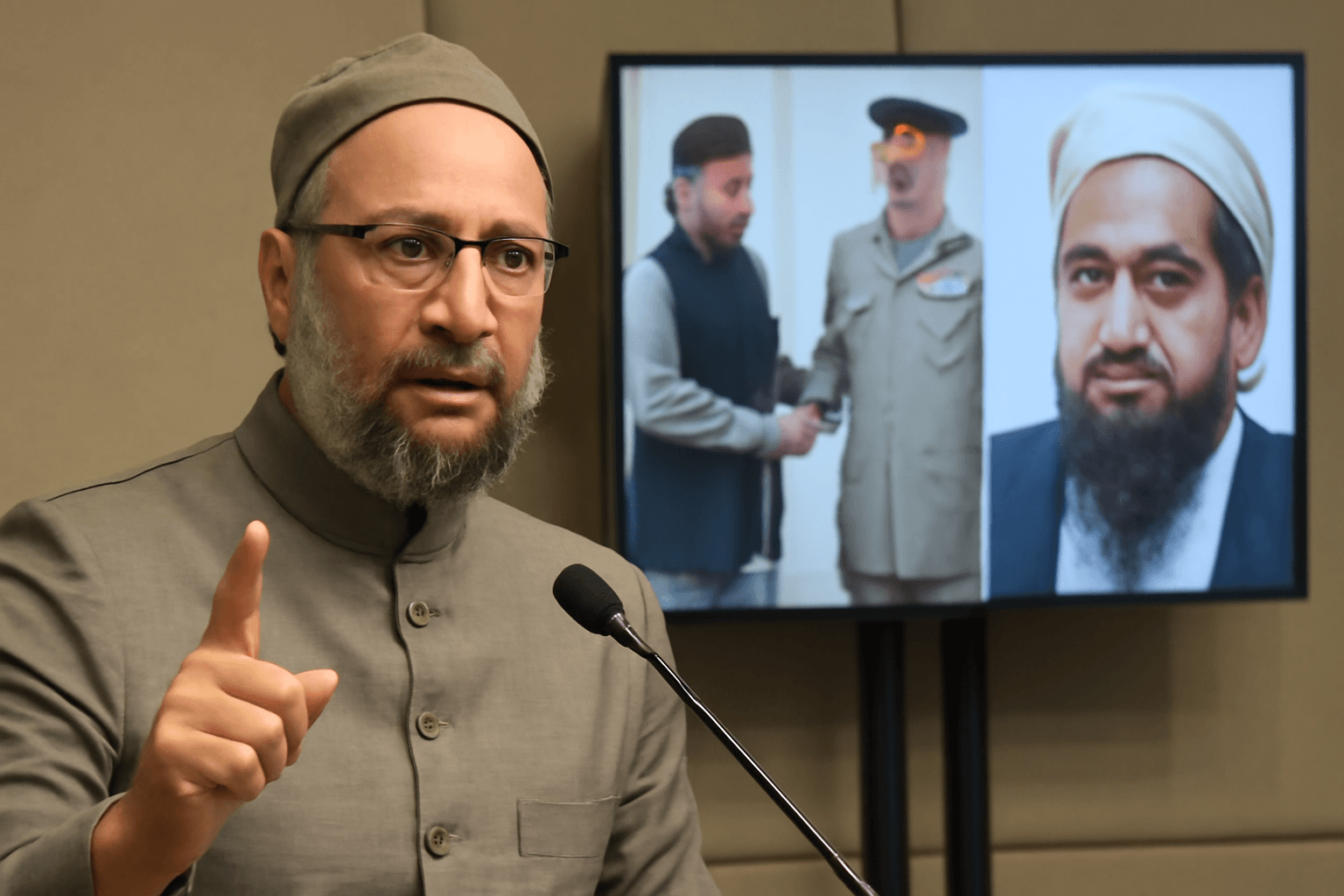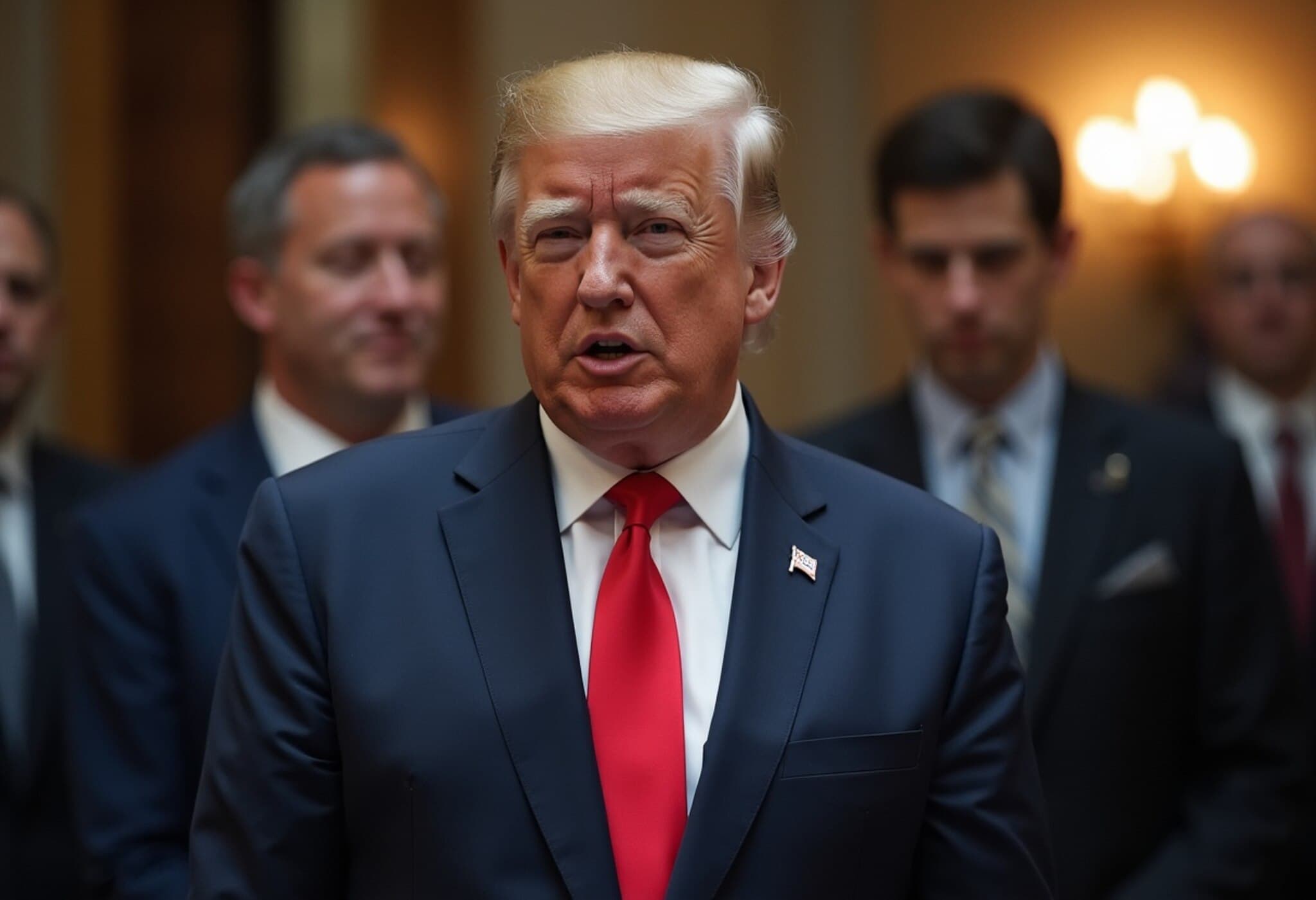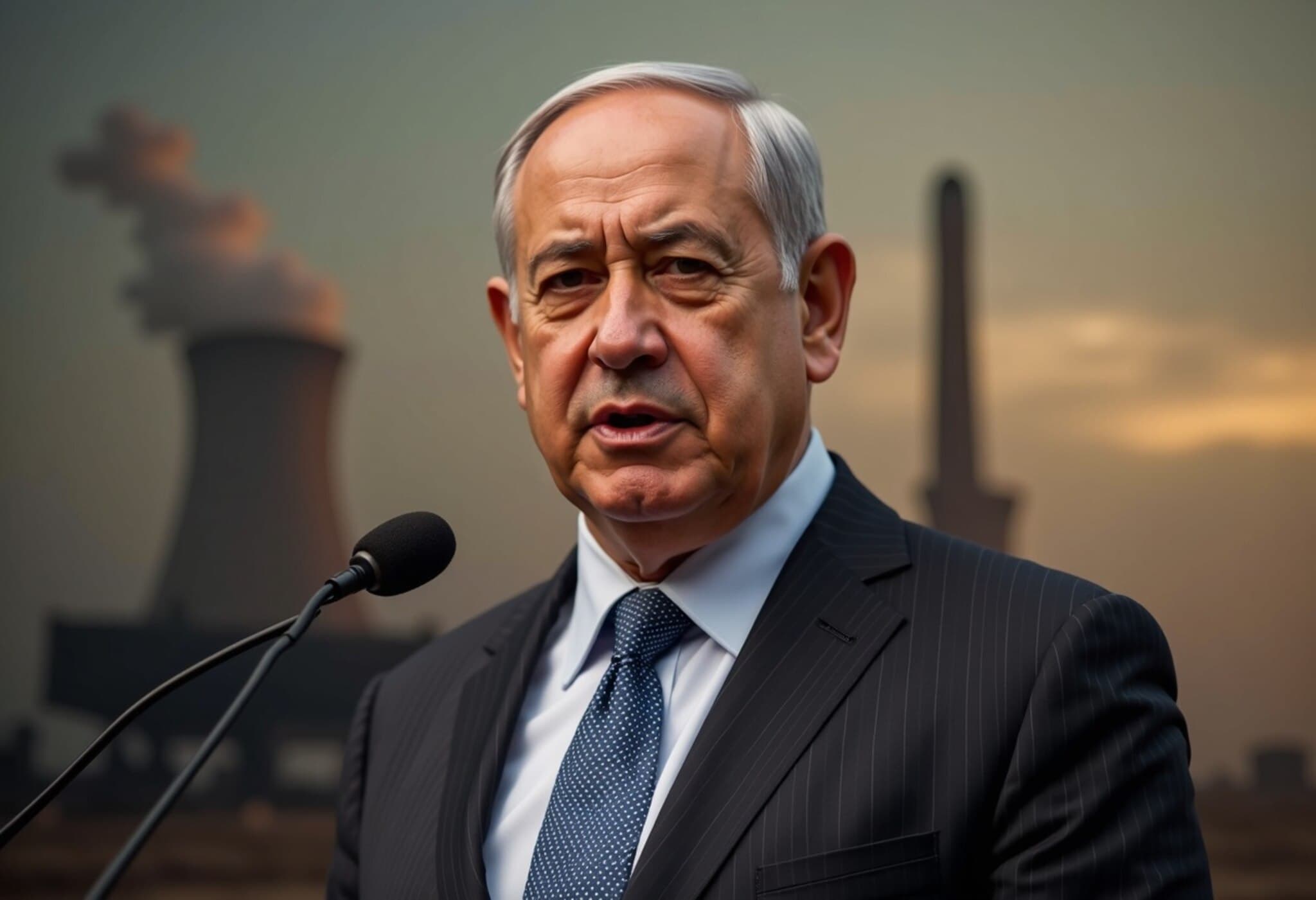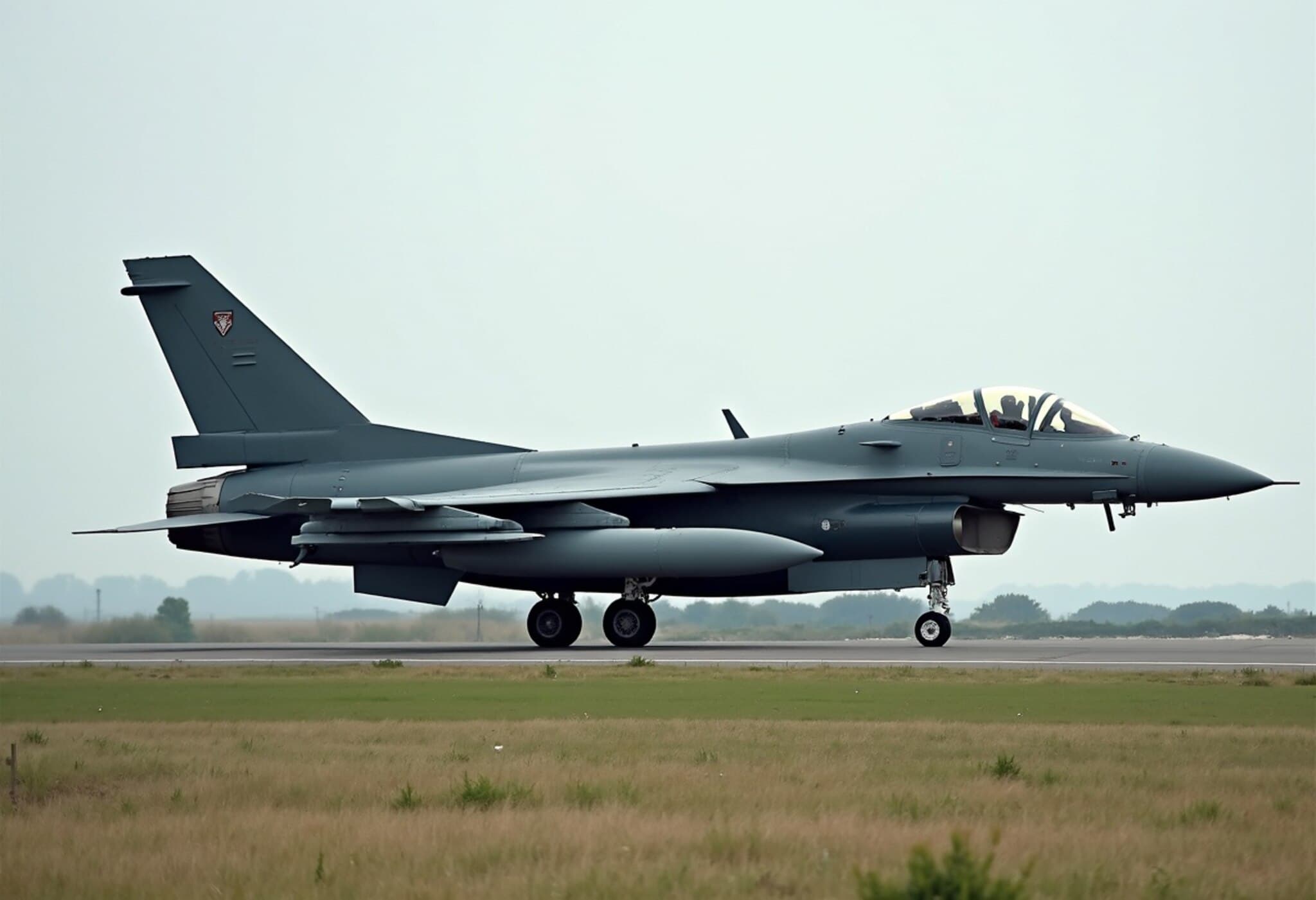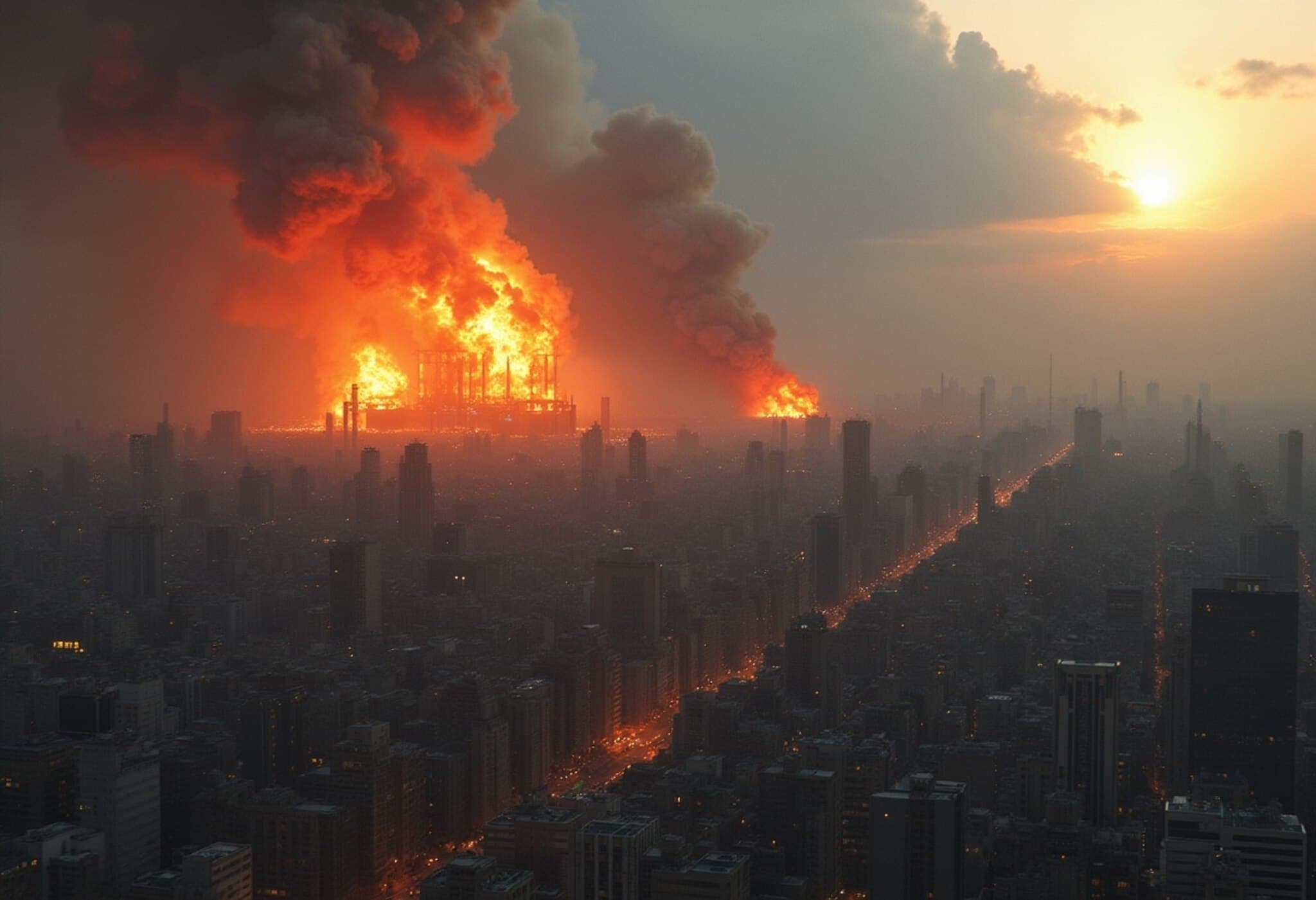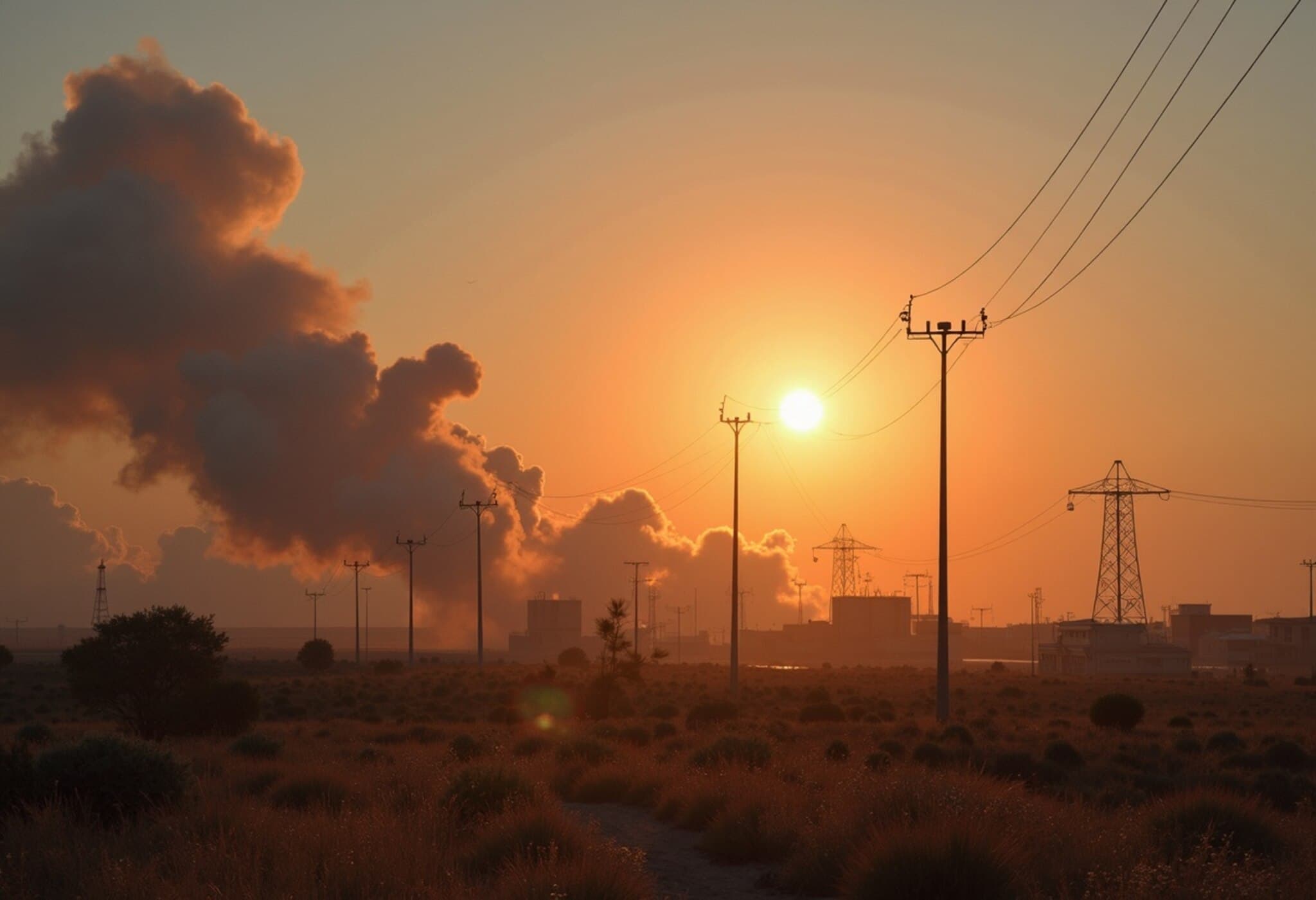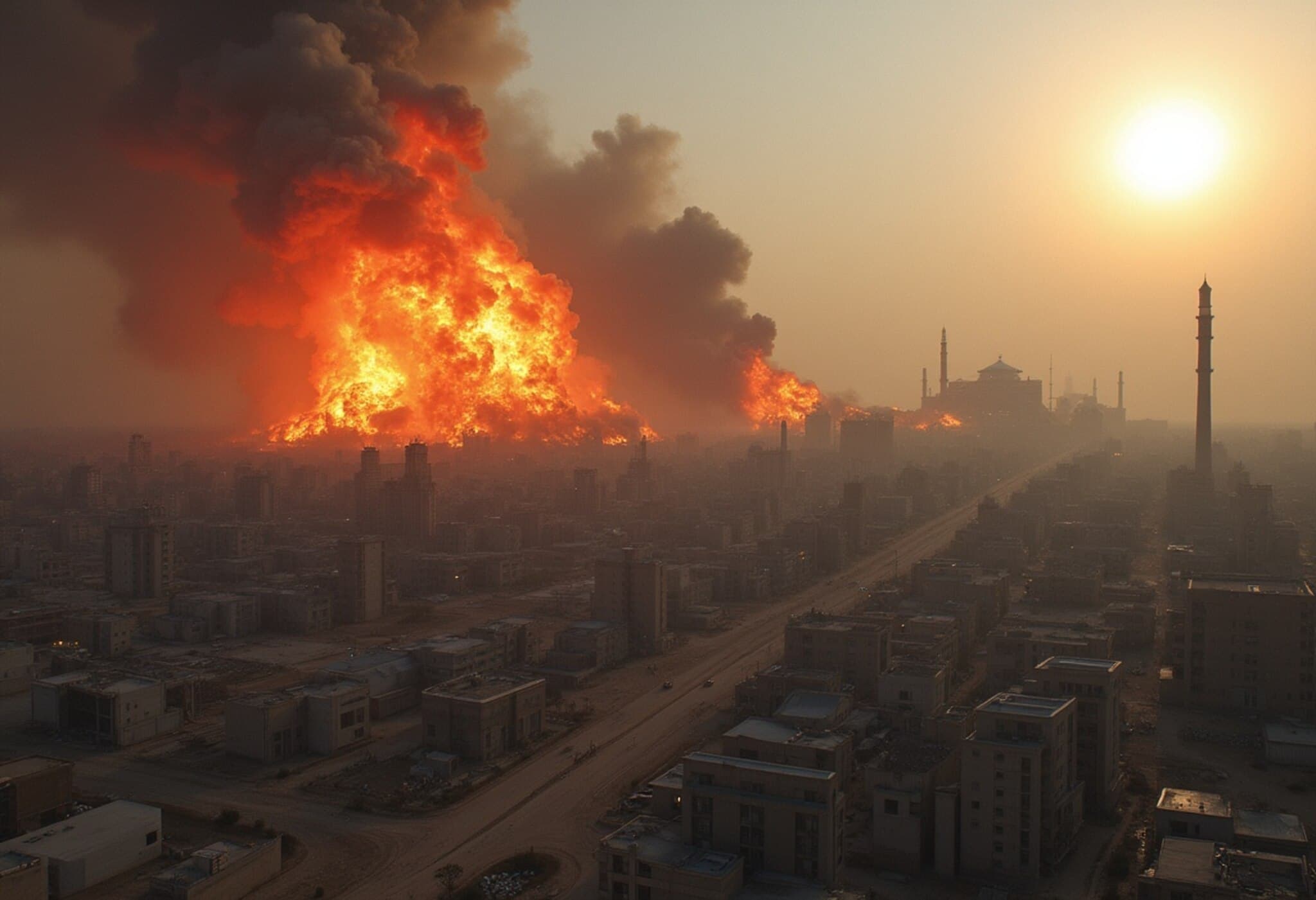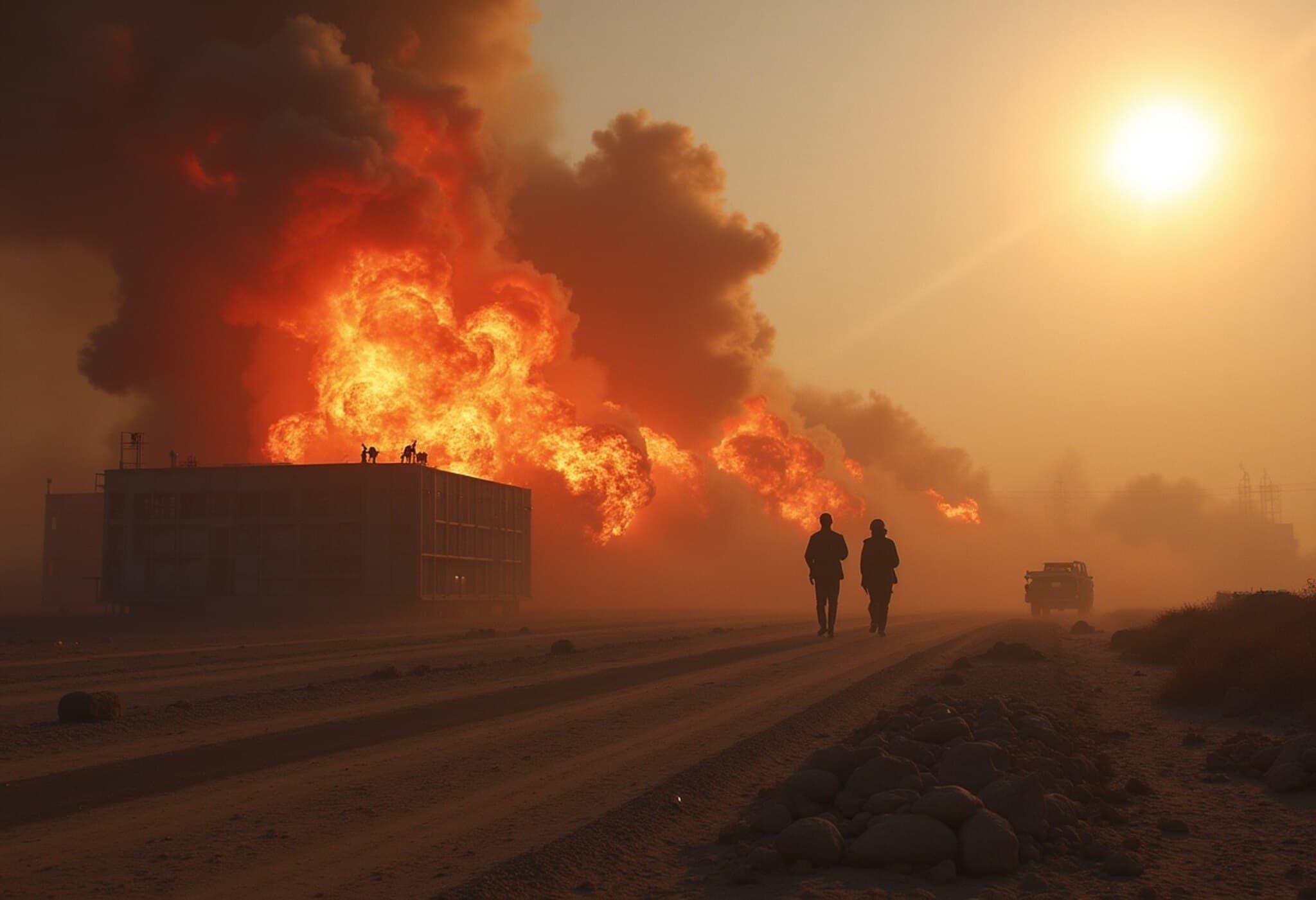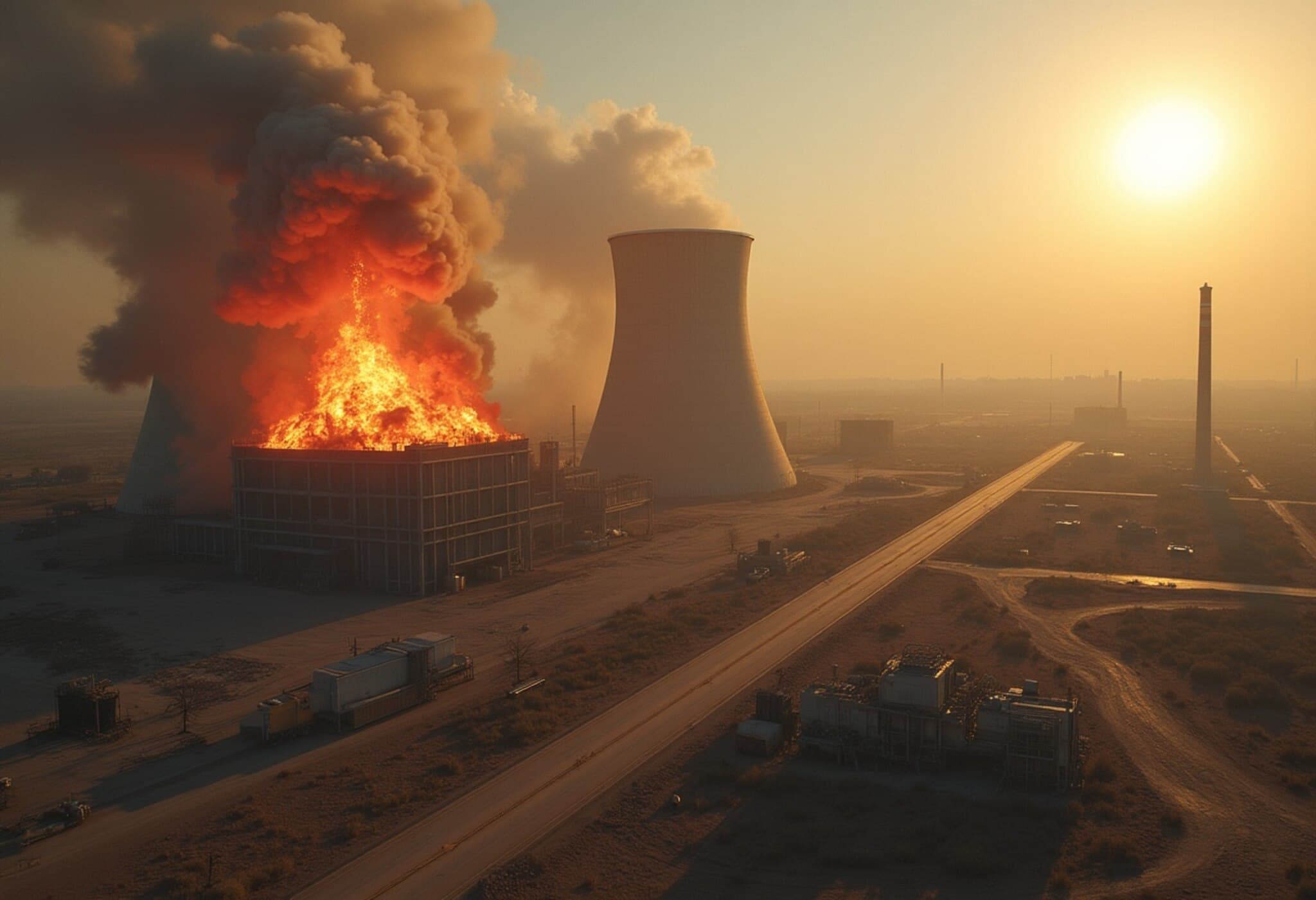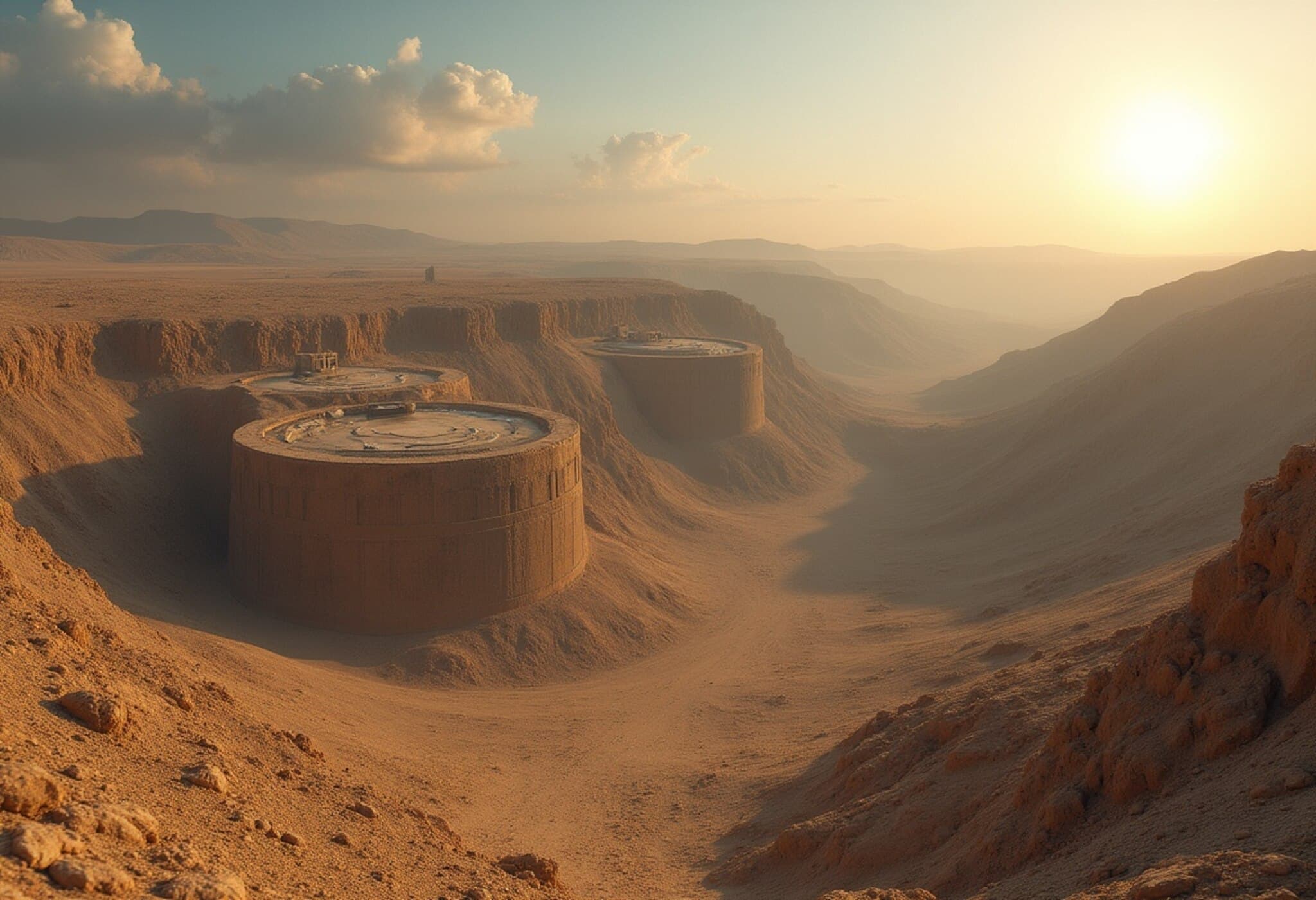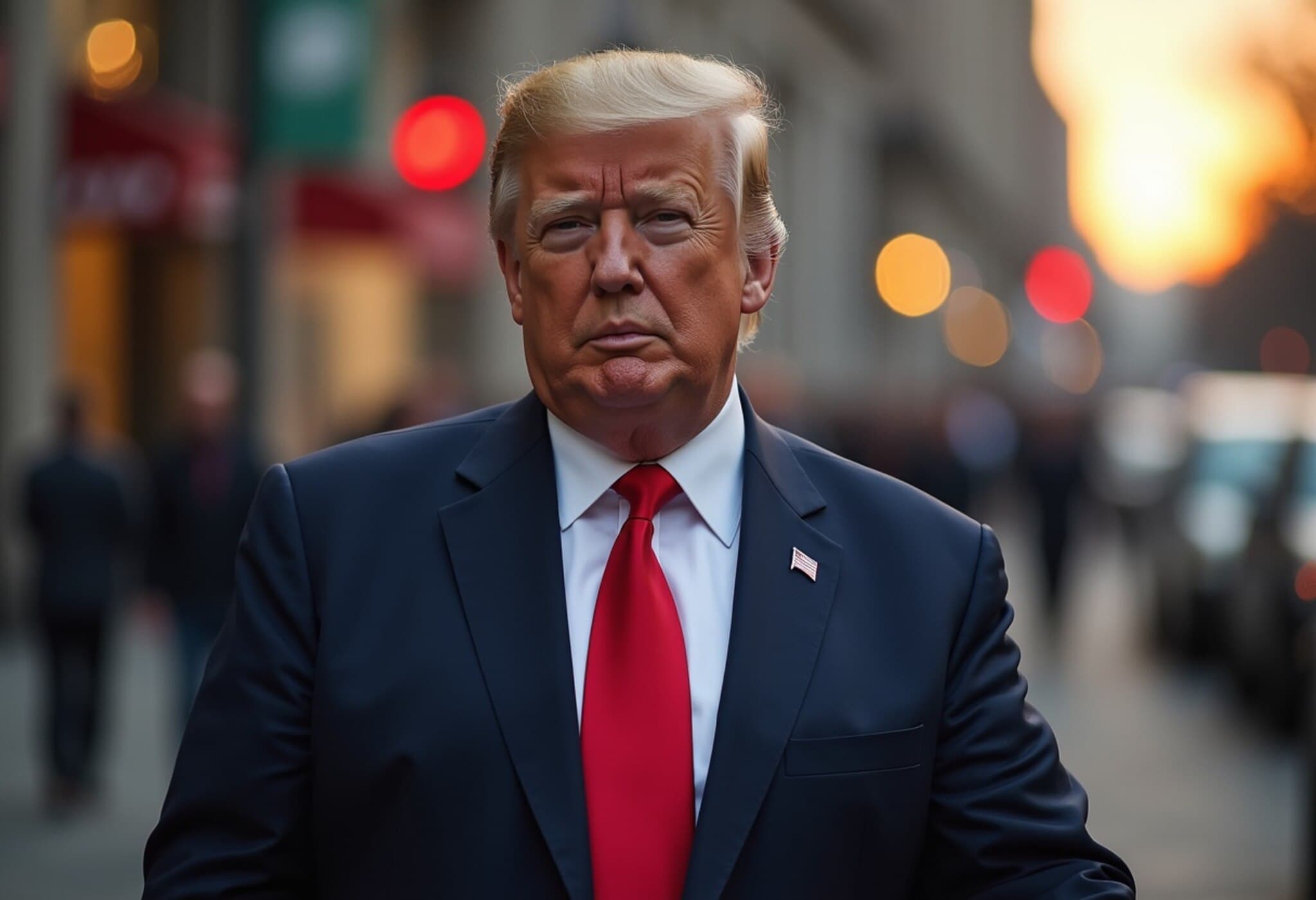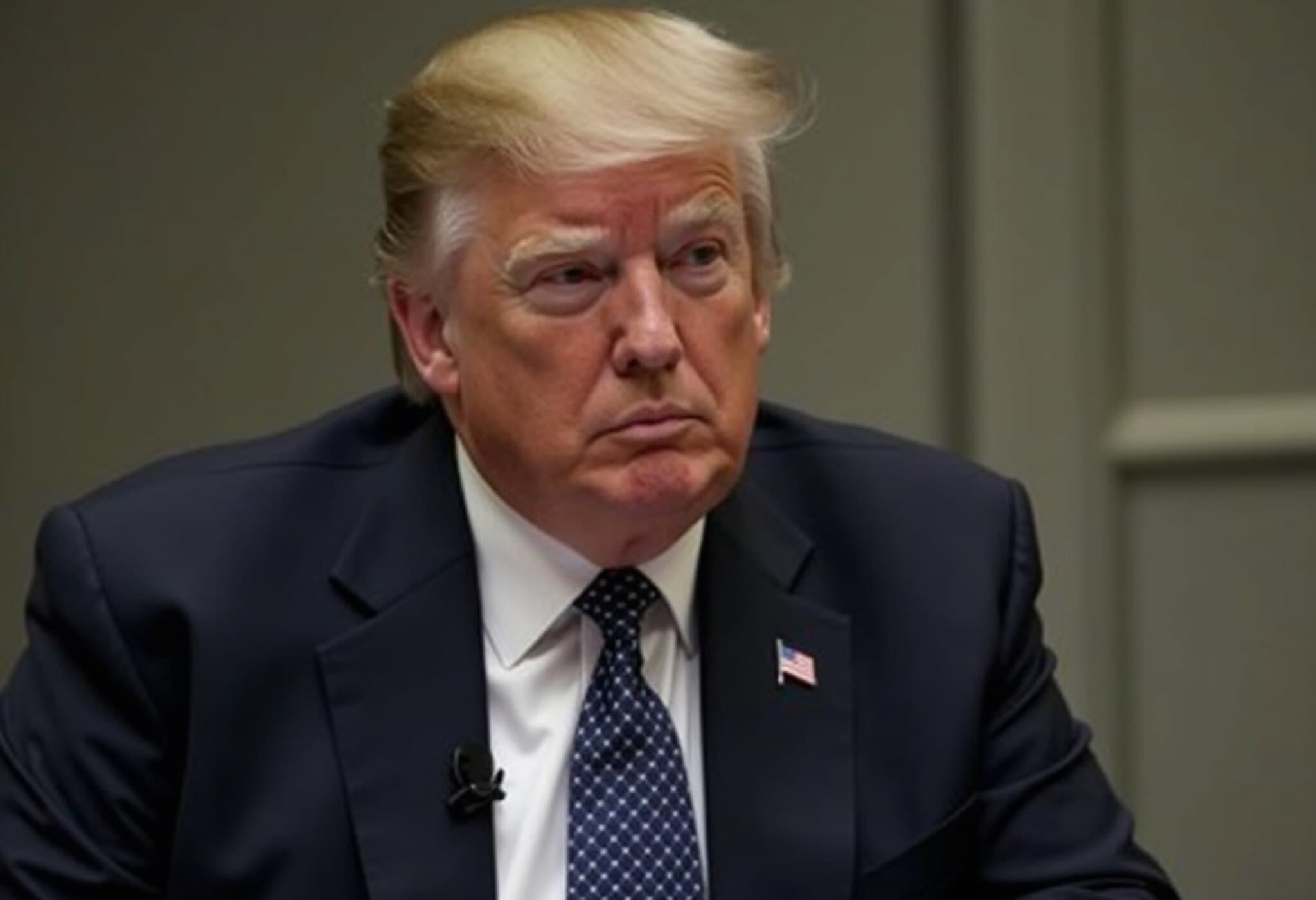US and Israel Probe Disappearance of 400kg Near-Weapons Grade Uranium
In the wake of recent airstrikes targeting Iran's nuclear sites, attention has sharply focused on a crucial and unsettling development: the whereabouts of approximately 400 kilograms of uranium enriched to about 60%, a level dangerously close to weapons-grade.
The Vanishing Uranium Puzzle
Intelligence agencies in the United States and Israel suspect that this sizeable uranium stockpile, enough material to potentially manufacture up to 10 nuclear weapons, was covertly relocated just before the bombing raids. The material is believed to have been securely packed in compact crates small enough to fit into a car's trunk, then transported to an undisclosed underground facility, possibly in the vicinity of Isfahan.
Satellite images coupled with insider reports hint that Iran preemptively moved these valuable assets and some enrichment-related equipment to evade destruction during the air assaults on the Fordow, Natanz, and Isfahan complexes.
Official Statements and Speculations
US Vice President JD Vance expressed uncertainty over the uranium's location but speculated it might still be buried beneath thick rubble at Fordow following the strikes. Conversely, anonymous Israeli officials corroborated intelligence suggesting a successful transfer out of the known facilities.
Following the attacks, Iran's Atomic Energy Organization chief, Mohd Eslami, conveyed to state media that the country had anticipated disruptions and developed contingency plans to swiftly resume nuclear activities, emphasizing that efforts to maintain uninterrupted uranium production continue unabated.
Rising Tensions and Nuclear Ambiguity
Iran maintains that its nuclear program is strictly civilian, rejecting accusations of weaponization. However, skepticism prevails internationally; the US administration affirms suspicions that Iran is pursuing nuclear arms capability, highlighting ongoing tensions.
Recent missile exchanges between Iran and Israel have threatened a fragile ceasefire, compounding regional instability. President Donald Trump publicly urged restraint but warned of further military actions should peaceful negotiations fail.
Implications for Nuclear Non-Proliferation
The uncertainty surrounding the uranium's location intensifies concerns over nuclear proliferation in the Middle East. Iran’s prior threats to exit the Non-Proliferation Treaty after the attacks underline the fragile equilibrium maintained in diplomatic efforts to curb nuclear development.
Looking Ahead
As US and Israeli forces continue their search for the missing uranium, the international community watches closely. The recent strikes, evasive relocations, and retaliatory missile attacks paint a complex picture of high-stakes maneuvering over Iran’s nuclear ambitions.
Understanding the delicate dynamics at play is crucial, as any missteps could escalate tensions further in a volatile region already fraught with conflict risks.

